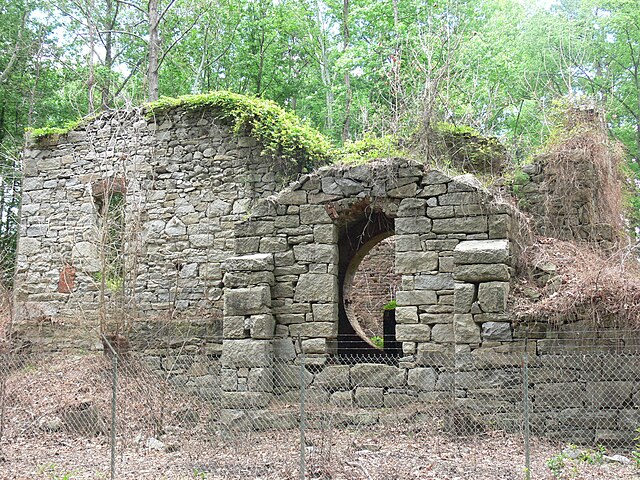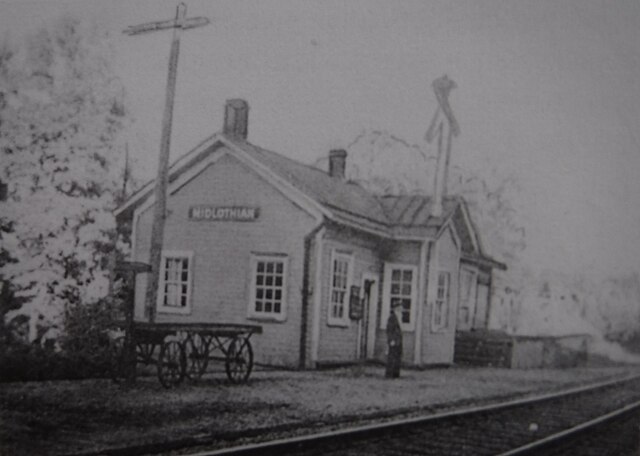Black Heath was a house and coal mine located near the present day Midlothian area of Chesterfield County, Virginia. The Black Heath coal mining enterprises were operated intermittently from the early 1780s until 1939 and were most notably run by the Heth family from 1795 until 1840, who also built the mansion house in the early 1800s. During the early tenure of the Heths' operation, the Black Heath mines were one of the largest producers of coal in the United States and supplied coal to the White House during US President Thomas Jefferson's term. In 1840, control shifted to an English group of investors who oversaw the mines at a distance until 1888, when they were sold to another interest which soon went into trusteeship. During the 1910s or 1920s, the Black Heath house collapsed due to severe undermining from the numerous coal shafts and tunnels scattered around the property. In 1938, the Black Heath land was sold to coal mining interests who soon went into trusteeship and default like many others before them. Over the next few decades, the land sat idle until 1971, when it began to be parceled off into housing developments.

Black Heath house in disrepair, c. 1890–1915
Midlothian is an unincorporated area and Census-designated place in Chesterfield County, Virginia, U.S. Settled as a coal town, Midlothian village experienced suburbanization effects and is now part of the western suburbs of Richmond, Virginia south of the James River in the Greater Richmond Region. Because of its unincorporated status, Midlothian has no formal government, and the name is used to represent the original small Village of Midlothian and a vast expanse of Chesterfield County in the northwest portion of Southside Richmond served by the Midlothian post office.
Ruins of the Grove Shaft air-pumping station, now part of the Mid-Lothian Mines Park.
Grove Shaft
Midlothian train station (c. 1940s)



